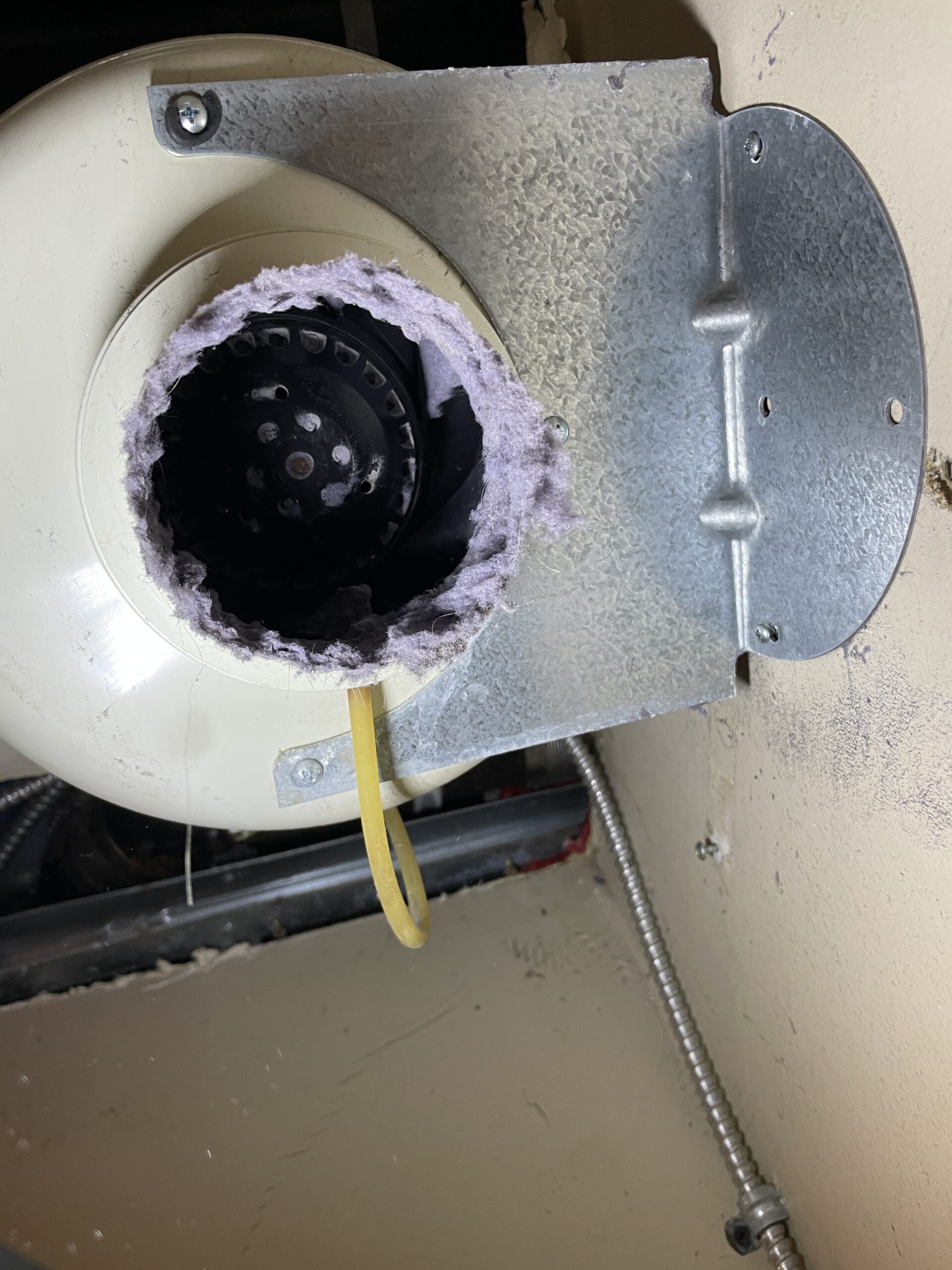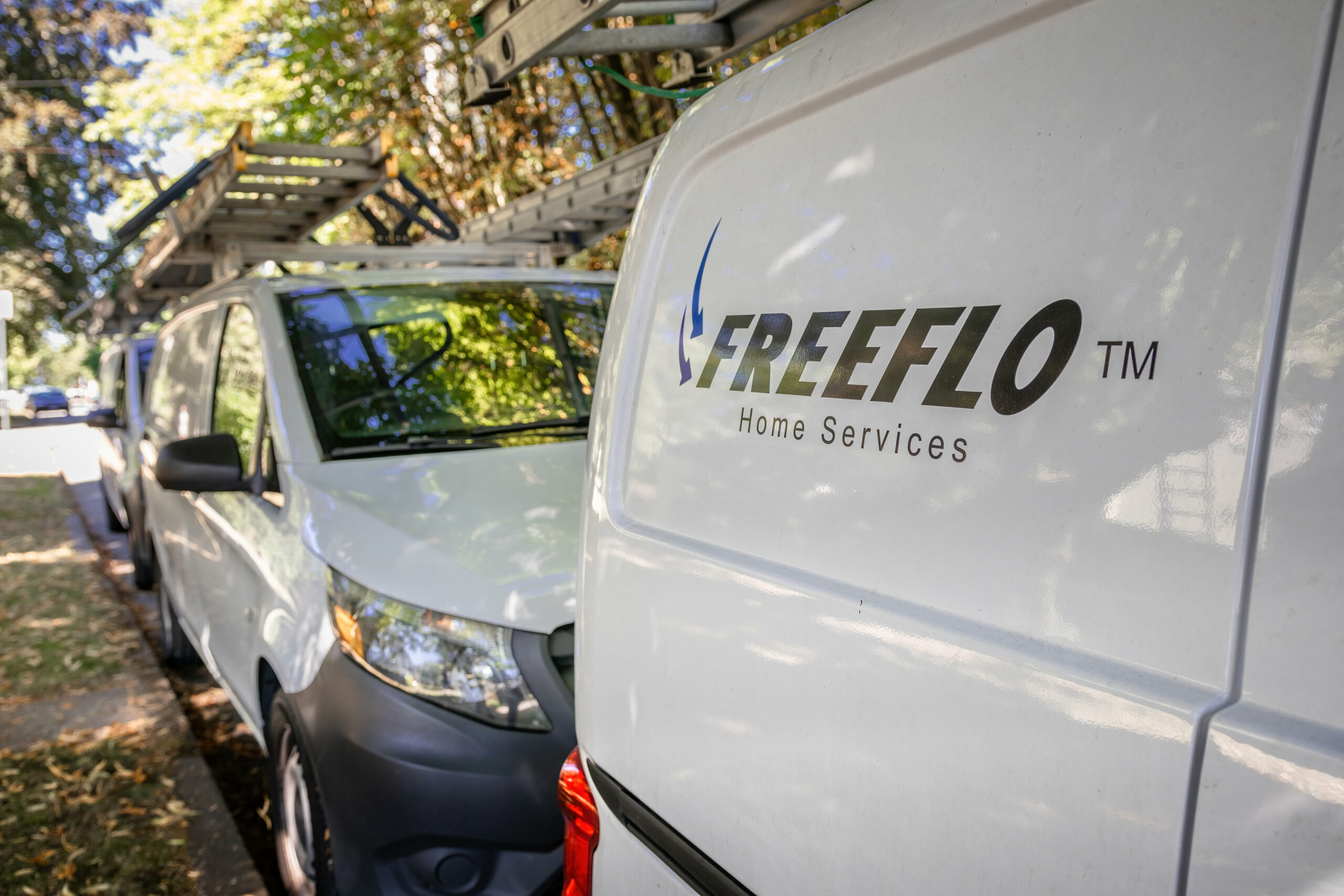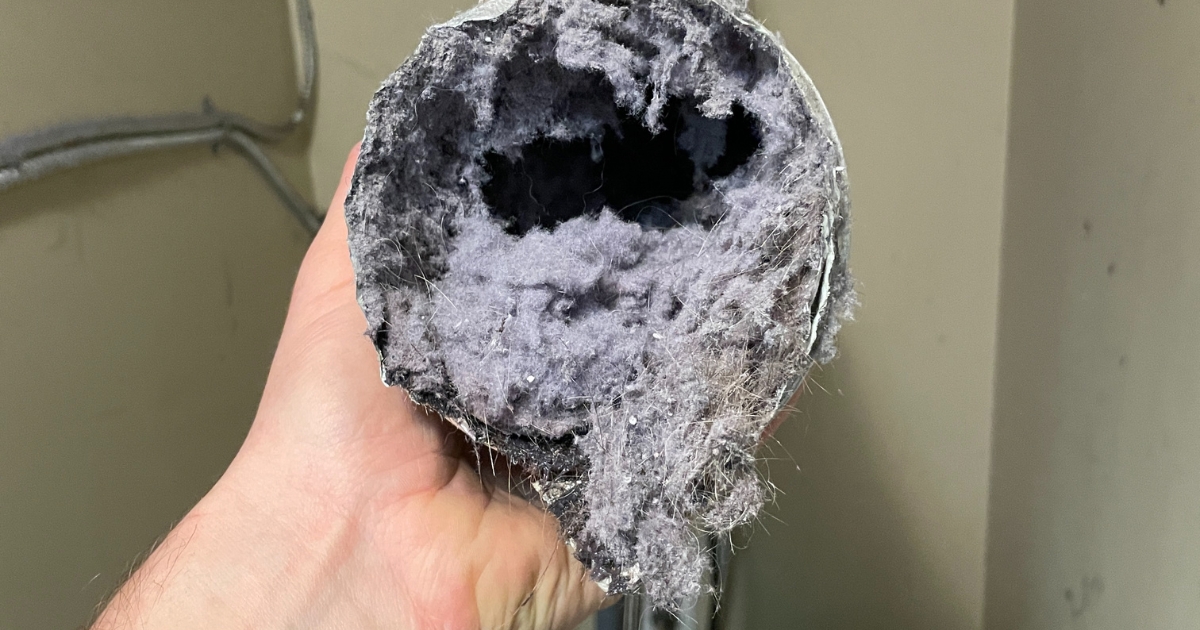Watching the dryer take twice as long to finish a load feels like time is slipping away for no reason. Clothes come out damp, the machine hums harder than usual, and frustration grows with every cycle. The causes behind a weak dryer often hide in places homeowners rarely check, and understanding them can save both money and headaches.
Lint Buildup Restricting Proper Airflow Through the Vent Line
Lint is more than just that soft fuzz pulled from the trap—it sneaks into the vent line and sticks to the walls like glue. Over time, the buildup narrows the passageway where hot air escapes. That restriction forces the dryer to work harder, leading to slower drying times and more wear on the appliance. Many owners don’t realize how much lint clogs the hidden parts of the system, quietly sabotaging performance.
Even if the lint screen gets cleaned after every load, fine particles escape and collect deeper inside. The buildup doesn’t just cause weaker airflow; it also raises the risk of overheating. Professionals often discover clumps packed tightly into bends of the vent line, areas almost impossible to reach without proper tools. Addressing this buildup restores airflow and brings back the dryer’s original strength.

Moisture Trapped Inside Ducts Causing Longer Drying Cycles
Moisture doesn’t always leave the system as intended. If ducts aren’t angled correctly or if condensation forms inside, water droplets gather along the vent walls. That dampness creates a sticky surface where lint clings, compounding airflow problems. A weak dryer often points to this unseen mix of water and lint slowing down every cycle.
The trapped moisture also makes the air inside ducts heavier, requiring more energy to push it out. Over time, corrosion may form inside metal ducts, further reducing efficiency. Homeowners may notice musty smells or damp clothes even after extended drying sessions. Fixing the slope of ducts or replacing damaged sections clears the pathway for dry, efficient airflow again.
Heat Loss from Damaged or Disconnected Vent Hoses
Heat should travel directly through the vent hose and out of the home, but leaks along the way weaken that process. Cracks, holes, or a partially disconnected hose spill hot air into attics, crawl spaces, or laundry rooms instead of pushing it outdoors. This loss leaves clothes damp while making the dryer overheat in short bursts.
A damaged hose also invites lint to escape into unwanted areas, raising fire hazards or adding dust inside walls. Homeowners often overlook these small issues until energy bills climb higher and drying cycles drag on. Checking connections and sealing or replacing worn-out hoses helps restore proper heat transfer and efficiency.

Exhaust Blockages Adding Strain on Internal Dryer Components
Every dryer depends on a clear exhaust to function. When nests, debris, or heavy lint buildup block the outlet, hot air has nowhere to go. That backup traps heat inside the machine, stressing motors, belts, and sensors designed to operate under normal conditions. A weak dryer performance often ties directly to this hidden blockage.
As pressure builds, the appliance may cycle off early to avoid overheating, leaving laundry damp and owners frustrated. In severe cases, components break down from repeated stress, leading to costly repairs or replacements. Regular inspections of the outside vent cover help spot these blockages before they become serious.
Dust Accumulation Around Booster Fans Slowing Air Movement
Booster fans help push air through longer duct systems, but dust accumulation around their blades can weaken performance. As dust piles up, fans spin less freely, moving less air through the line. This reduction means heat and moisture linger inside the dryer longer than they should.
A struggling booster fan often hums louder or vibrates oddly as it battles against the buildup. If left unchecked, the strain can burn out the motor, forcing expensive replacements. Cleaning these fans restores airflow and prevents the dryer from appearing weaker than it really is.
Clogged Termination Caps Reducing Safe Release of Hot Air
Termination caps at the end of vent lines often go unnoticed, yet they play a major role in safe airflow. Caps protect against pests and weather, but when clogged with lint, they create back pressure. That pressure reduces how effectively hot air escapes, making drying cycles drag.
The flap or screen inside the cap may jam shut with debris, forcing air to squeeze through small openings. Not only does this slow the process, but it also risks overheating the dryer. Clearing or replacing these caps ensures hot air moves freely and clothes dry in a reasonable time again.

Overworked Heating Elements Wearing Down from Poor Ventilation
Heating elements in dryers are built for efficiency, but poor ventilation forces them to overwork. When vents clog or airflow weakens, the elements cycle longer and hotter than intended. Over time, this strain burns out coils or reduces their ability to generate steady heat.
Once the element weakens, clothes stay damp no matter how long the cycle runs. Repairing or replacing heating elements becomes expensive if poor ventilation caused the issue. Keeping vents clear protects these vital parts and extends the overall life of the appliance.
Excess Pressure Inside Ducts Shortening Appliance Lifespan
Too much pressure inside ducts is like making the dryer breathe through a straw. Motors, sensors, and fans all struggle against the resistance, working harder than they were designed to handle. That constant stress shortens the lifespan of the entire machine, leaving owners to replace it sooner than expected.
The signs often show as longer drying cycles, hotter laundry rooms, or a dryer that feels unusually warm to the touch. Relieving pressure through clean, open ducts restores normal airflow and protects the investment made in the appliance. Regular maintenance prevents these invisible forces from cutting years off its life.
Get Reliable Dryer Vent Cleaning That Restores Performance and Prevents Expensive Breakdowns with Free Flo Home Services
Dryers lose strength for reasons homeowners rarely notice until problems grow worse. Lint buildup, clogged caps, and hidden blockages all pile on pressure that makes the appliance feel weak. Free Flo Home Services provides thorough dryer vent cleaning that restores airflow, protects heating elements, and extends the life of the machine. Our process targets every section of the vent system, reaching the hidden spots where buildup starts. Strong airflow returns, drying cycles shorten, and energy bills drop back down to normal levels. Contact us today for professional service that keeps your dryer running at full strength and your home safe.

